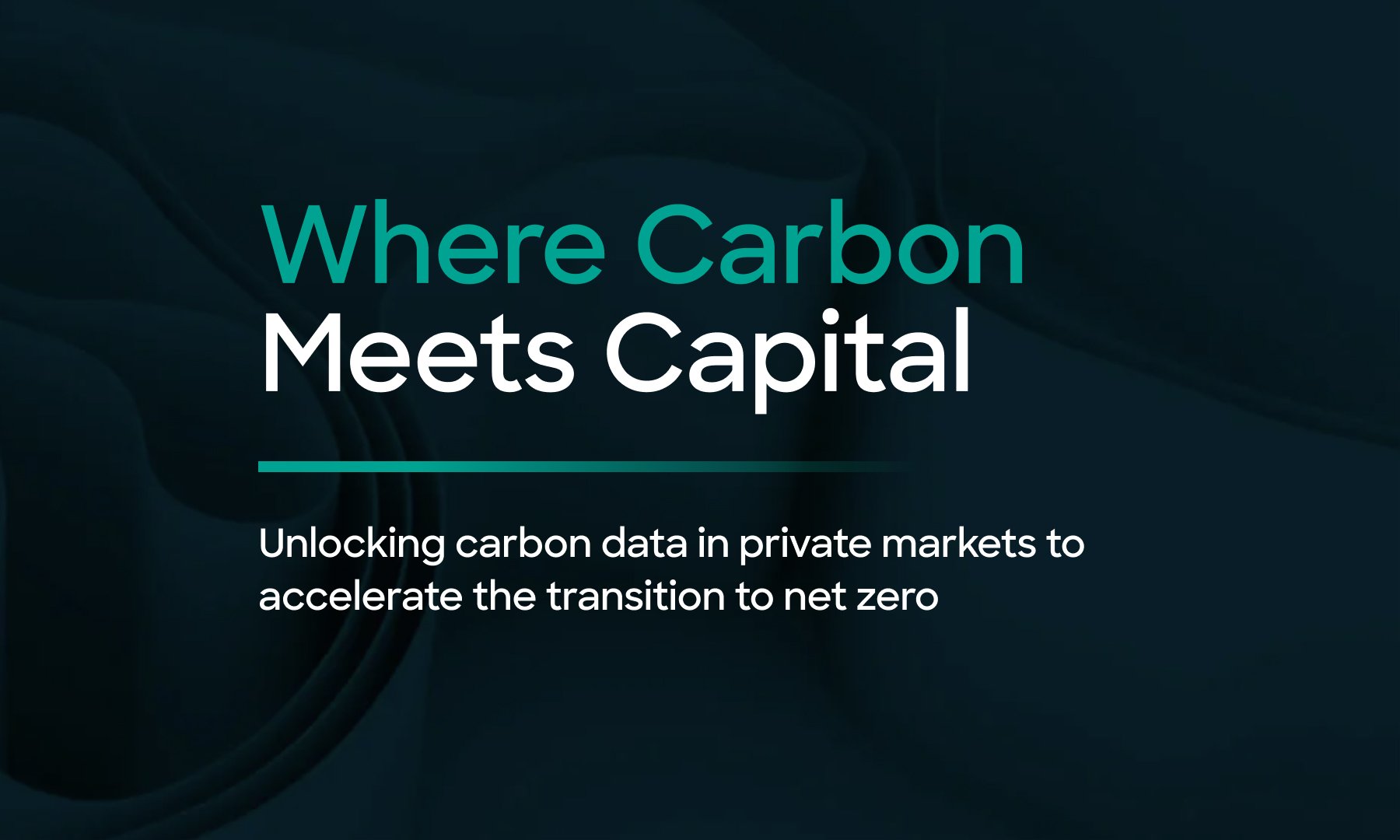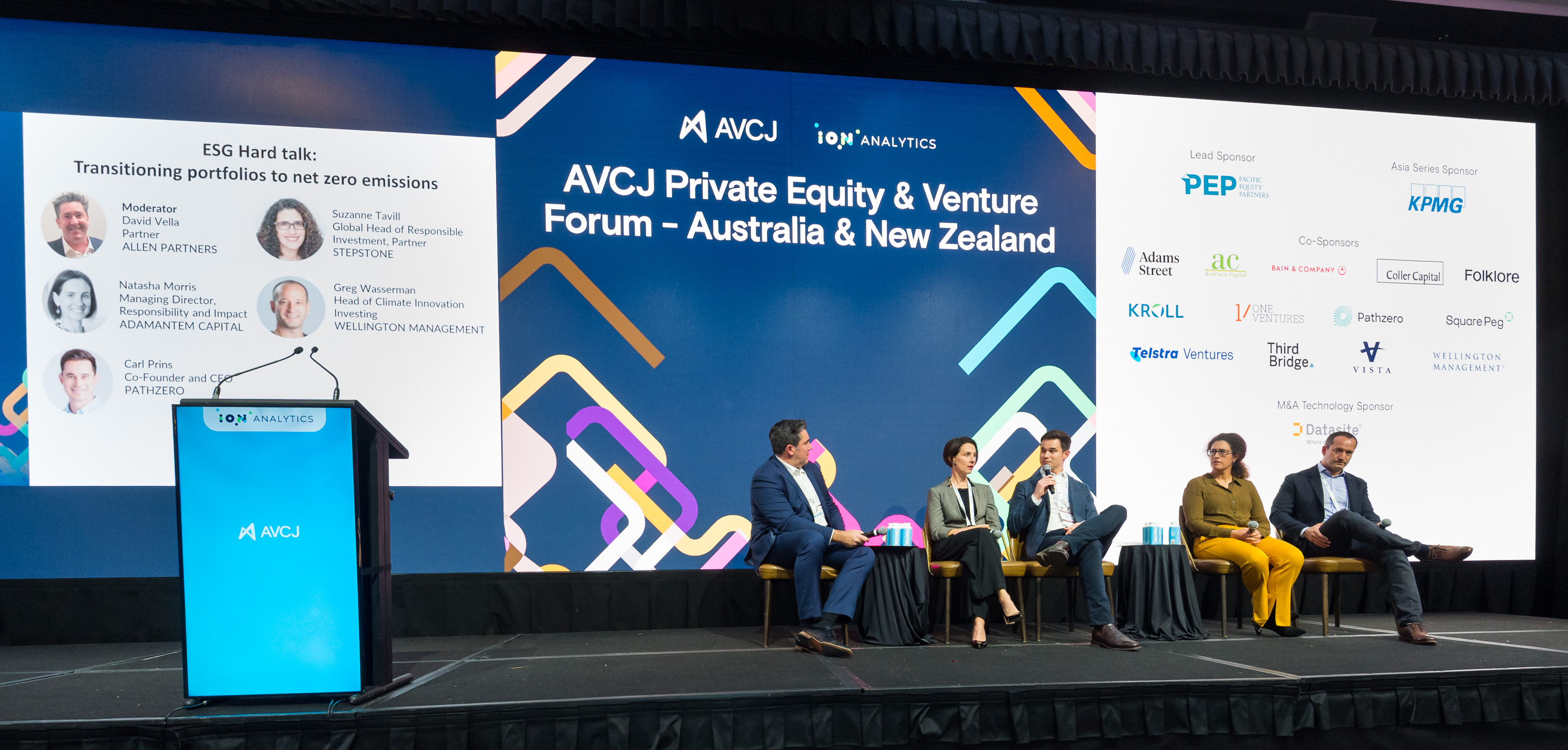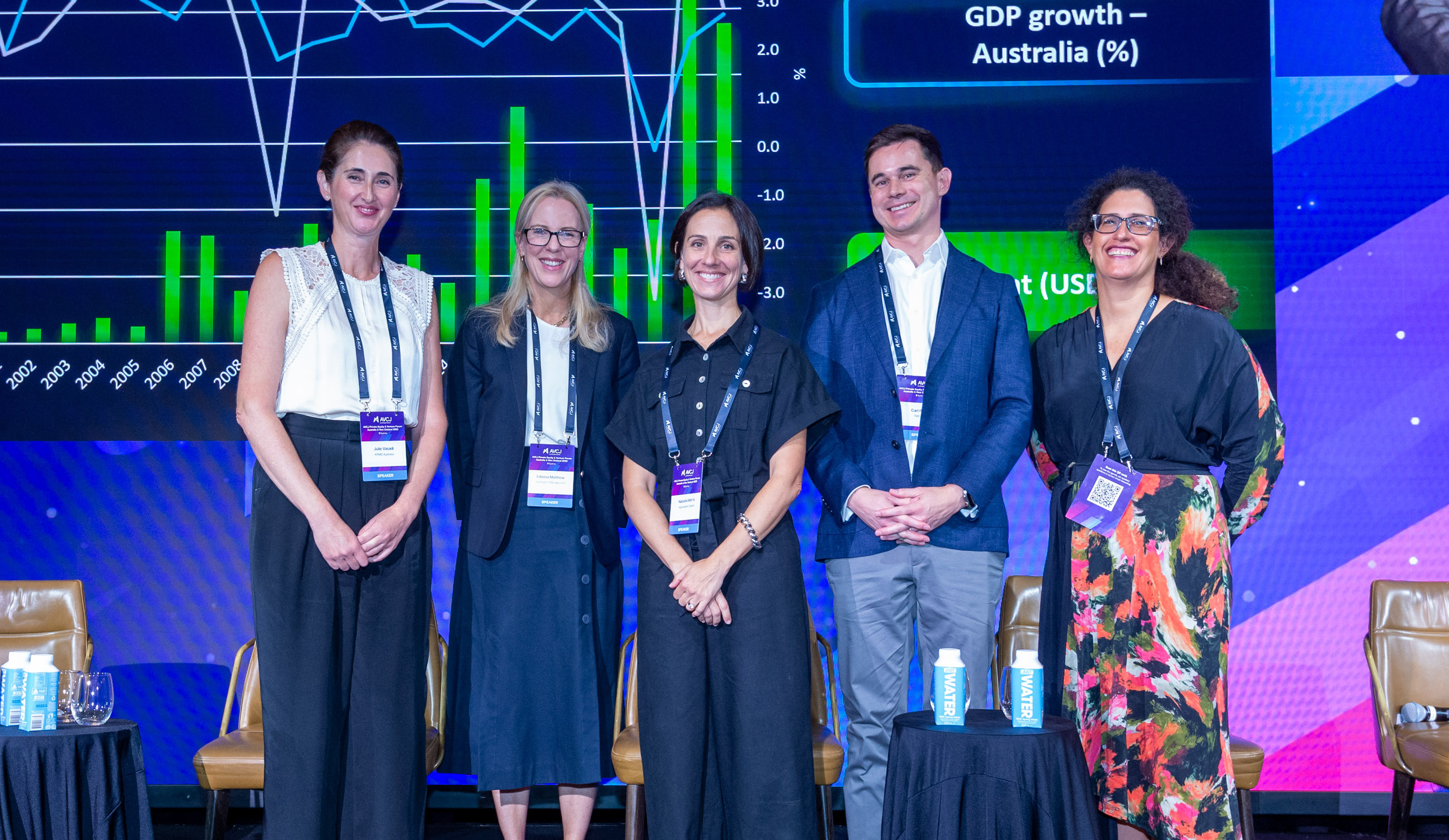Getting to net zero by 2050 will not be possible without private market investment managers aligning their portfolio emissions with the Paris Agreement. After all, money managers control the flow and allocation of trillions of dollars globally and sit at the very point of where carbon meets capital. Investment firms are uniquely positioned to have an outsized impact because they can choose where and how to direct the money and work with their portfolio companies to decarbonise.
Asset managers — especially those in traditionally opaque private markets— will have to get up to speed quickly, as pressure mounts to report their financed emissions and demonstrate how they are aligning their portfolio to the Paris Agreement. Until recently, investment managers have relied on proxy information from listed portfolios to assess and communicate the risks and opportunities in their portfolio. The exercise of gathering the required information, through various ownership structures has simply been cost prohibitive.
Now, thanks to advances in technology, investment managers have the ability to perform a high level analysis of their portfolio, identify risk hotspots and reach out with pinpoint precision to answer these questions in a far more sophisticated way allowing portfolio risks and opportunities to be far more accurately managed and communicated to investors.
A bold journey begins with a single step
One private markets firm that is ready to play its part in the transition to net zero is StepStone Group, a Nasdaq-listed private markets investment firm based in New York. The firm, which as of 31 March 2022 had $134 billion under management, $570 billion total capital allocations and 23 offices around the world, is leading the way for other investment firms on their path to net zero.
“Back in 2019 the firm committed to being carbon neutral. In 2021, we became a carbon neutral organisation for our internal operations, and it has been a continual process and journey since then,” said Suzanne Tavill, Partner and Head of Responsible Investment at StepStone.
That initial commitment and the firm’s need to ultimately calculate the financed emissions in the investment portfolio, across multiple ownership structures was a key challenge that led StepStone to engage with Pathzero.
Achieving carbon neutral status with Pathzero's help
StepStone worked with Pathzero over the past year to measure its corporate carbon emissions in accordance with the Greenhouse Gas Protocol. They completed analysis on their Scope 1 (direct emissions), Scope 2 (purchased electricity, etc.), and Scope 3 emissions (indirect emissions). The analysis zeroed in on StepStone’s travel and its professional services vendors, which make up a big part of StepStone’s emissions profile. StepStone was then able to take that data and turn it into an action plan to support their journey to carbon neutrality for their internal operations.
Uncovering carbon data from portfolios companies
StepStone will be working with Pathzero on a significant and challenging component of Scope 3 — measuring the ‘financed’ emissions from StepStone’s thousands of indirect portfolio companies. It’s a process that Tavill recognises is not an easy task.
“Clearly within our carbon footprint the big component within Scope 3 that we're yet to address is the section 15 financed emissions.Suzanne Tavill, Partner & Head of Responsible Investment, StepStone Group |
“Clearly within our carbon footprint the big component within Scope 3 that we’re yet to address is the section 15 financed emissions,” she said.
“For an organization the scale of StepStone—we deployed over USD $70 billion last year—we've got a big scale issue here,” she added. Accurate calculations entail getting accurate data from investment managers who in turn need that information from their various portfolio holdings, a cumbersome process that would be intensely time consuming without the help of technology.
Technology's key role
StepStone is turning to Pathzero to get that data and to accurately calculate emissions from its myriad of portfolio companies. With today’s technology, it’s no longer an arduous undertaking to extract and share emissions data with market participants, institutional investors, asset managers and their portfolio companies, a step that will be necessary for firms to become Paris-aligned.
“As an asset manager, if you're trying to work out how you go from your emissions today to your emissions in future and how you're going to influence that path, you need to have that communication with portfolio companies,” said Carl Prins, Pathzero Co-Founder and CEO. Pathzero’s technology will allow companies like StepStone to have that conversation across multiple parties, conveniently placed in a single dashboard. “Technology plays a very elegant part there to create those pathways by which information can be shared securely, aggregated, and analysed,” he said.
“As an asset manager, if you're trying to work out how you go from your emissions today to your emissions in future and how you're going to influence that path, you need to have that communication with portfolio companies. Technology plays a very elegant part there to create those pathways by which information can be shared securely, aggregated, and analysed.Carl Prins, Co-Founder & CEO, Pathzero |
|
|
|
Investors demand accountability
That clear picture of a portfolio’s emissions footprint is needed as investment firms face increasing pressure from shareholders, regulators, employees and outside groups to adhere to their climate pledges and align their portfolios to net zero. No longer can companies simply rely on ESG ratings and proxy information, especially with more companies coming under fire for greenwashing. “It would be nigh on impossible for an investor to align their portfolio to net zero by 2050 using ESG ratings and proxy data alone. Quite simply, the methodologies that are prevailing at this time, such as the GHG Protocol, TCFD and PCAF, require much more accurate data,” said James Paull, Pathzero’s Climate Regulation and Reporting Lead.
That demand for accuracy, accountability and transparency is likely to lead to a dramatic adjustment of actions on behalf of all market participants.
“For the investment managers, the opportunity, is signaling that they are good custodians, that they are going to behave in a way to steward that capital to be contributing in a positive manner towards climate change,” said Tavill.
To discover how Pathzero can help you surface your financed emissions and decarbonise your portfolio, schedule a free consultation with us. To learn more about Where Carbon Meets Capital the series, click here.




